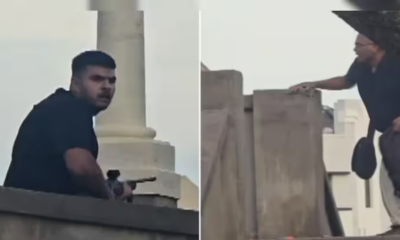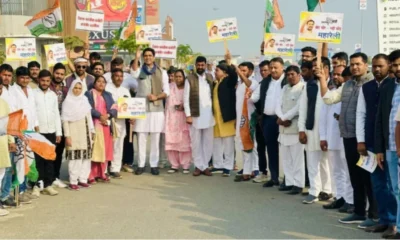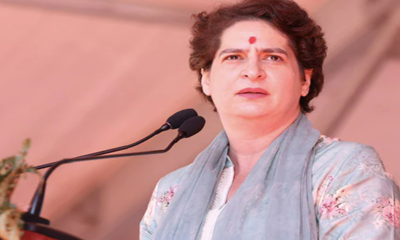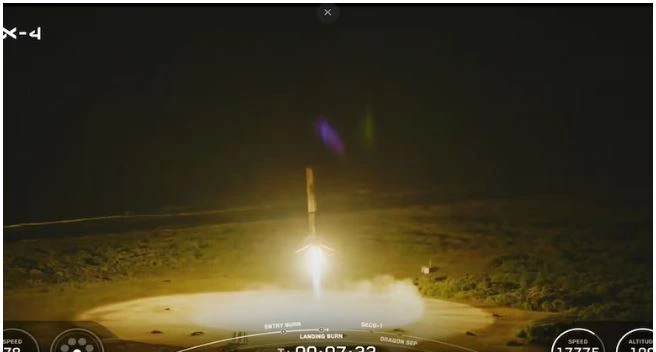Latest Science News
Smart device developed for precise use of herbicides

Latest Science News
Astronaut Shubhanshu Shukla to meet PM Modi after return from historic space mission
Astronaut Shubhanshu Shukla, who recently returned from the ISS as part of the Axiom-4 mission, will meet PM Modi this evening. Parliament will also hold a special discussion on his historic journey.
India News
Shubhanshu Shukla pens emotional note as he returns to India after space mission
Indian astronaut Shubhanshu Shukla penned an emotional Instagram post as he returned to India after his 18-day ISS mission, marking a milestone in India’s space journey.
Latest Science News
Shubhanshu Shukla becomes second Indian in space, lifts off for ISS aboard Axiom-4 mission
Group Captain Shubhanshu Shukla becomes the second Indian astronaut to travel to space after four decades, aboard the Axiom-4 mission to the International Space Station.
-

 Latest world news15 hours ago
Latest world news15 hours agoBondi Beach shooting during Jewish festival leaves at least 15 dead
-

 India News12 hours ago
India News12 hours agoNew VB G RAM G Bill set to replace MGNREGA in Parliament
-

 India News11 hours ago
India News11 hours agoBJP demands Sonia Gandhi’s apology over Congress rally slogan targeting PM Modi
-

 India News10 hours ago
India News10 hours agoNitin Nabin terms BJP working president role a party blessing, thanks leadership
-

 India News9 hours ago
India News9 hours agoOmar Abdullah distances INDIA bloc from Congress’s vote chori campaign
-

 India News6 hours ago
India News6 hours agoPriyanka Gandhi and Prashant Kishor held talks in Delhi after Bihar election setback











